A Complete Analysis of “Forskrevet” by Magnus Enckell (1901)
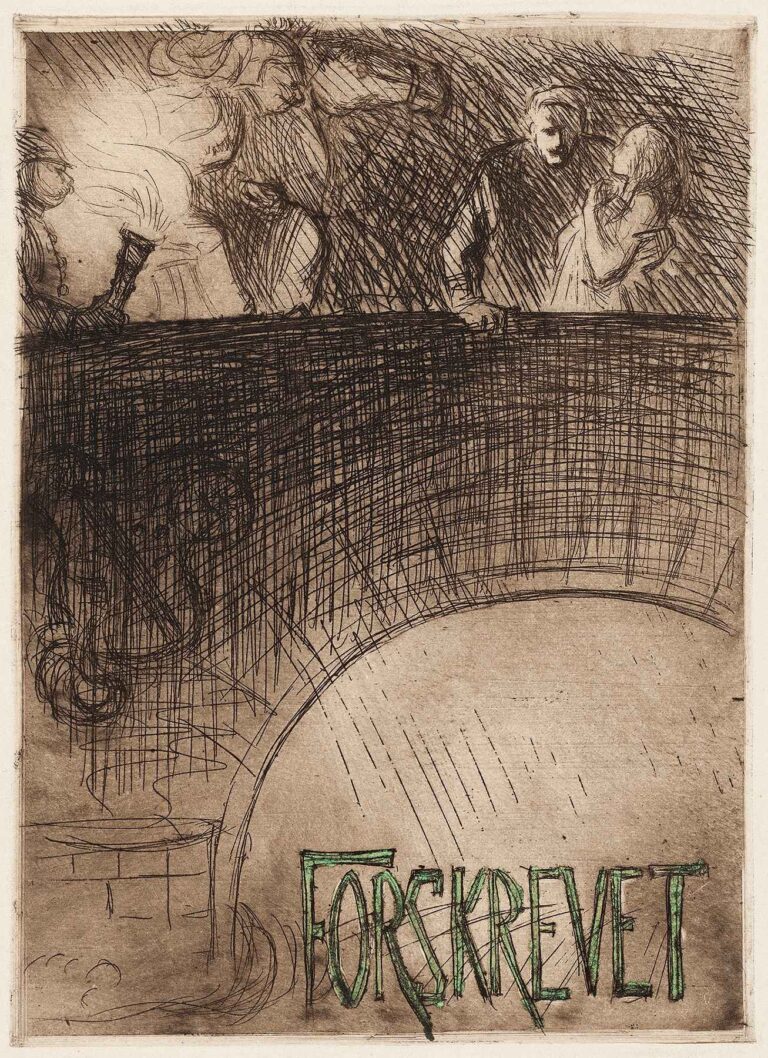
Explore Magnus Enckell’s haunting 1901 etching Forskrevet, a Symbolist masterpiece that fuses dramatic cross-hatching with existential themes of abandonment.
Your blog category

Explore Magnus Enckell’s haunting 1901 etching Forskrevet, a Symbolist masterpiece that fuses dramatic cross-hatching with existential themes of abandonment.
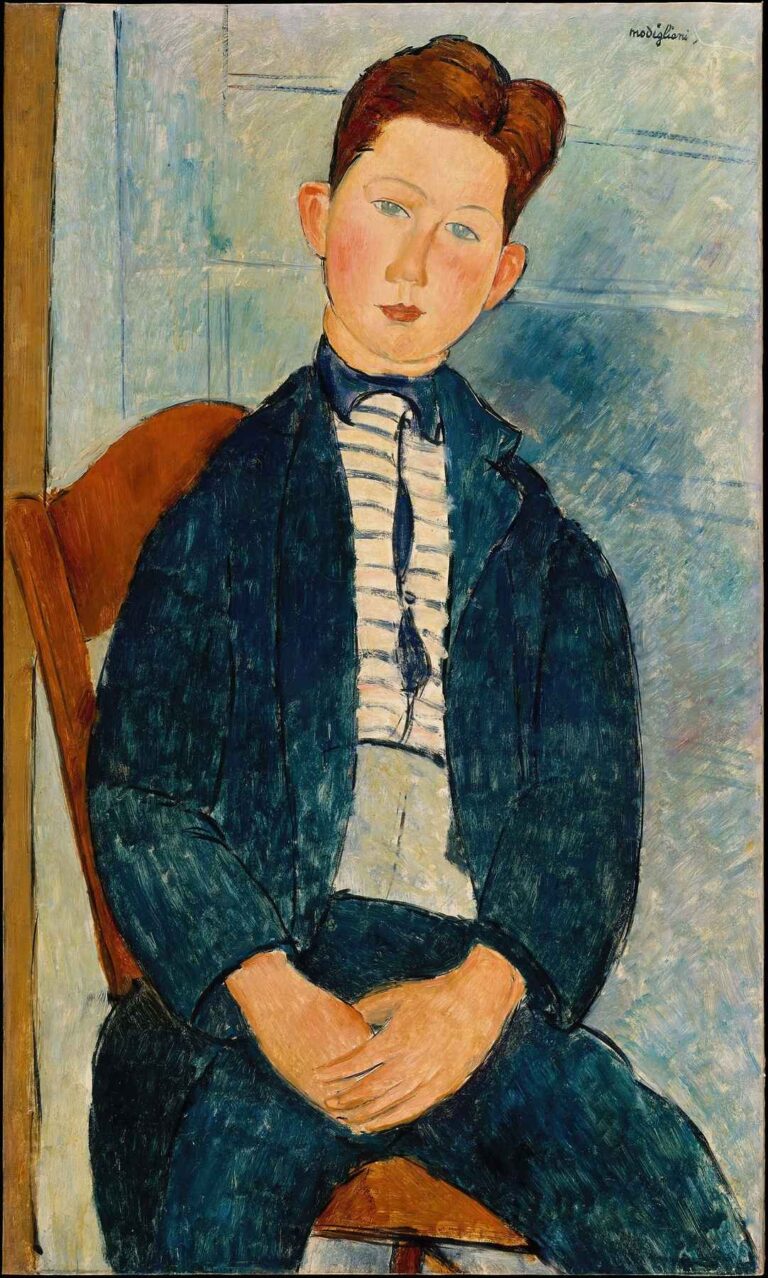
Discover Modigliani’s Boy in a Striped Sweater (1918), a masterful portrait of introspective youth, blending elongated form, muted palette, and expressive simplicity.
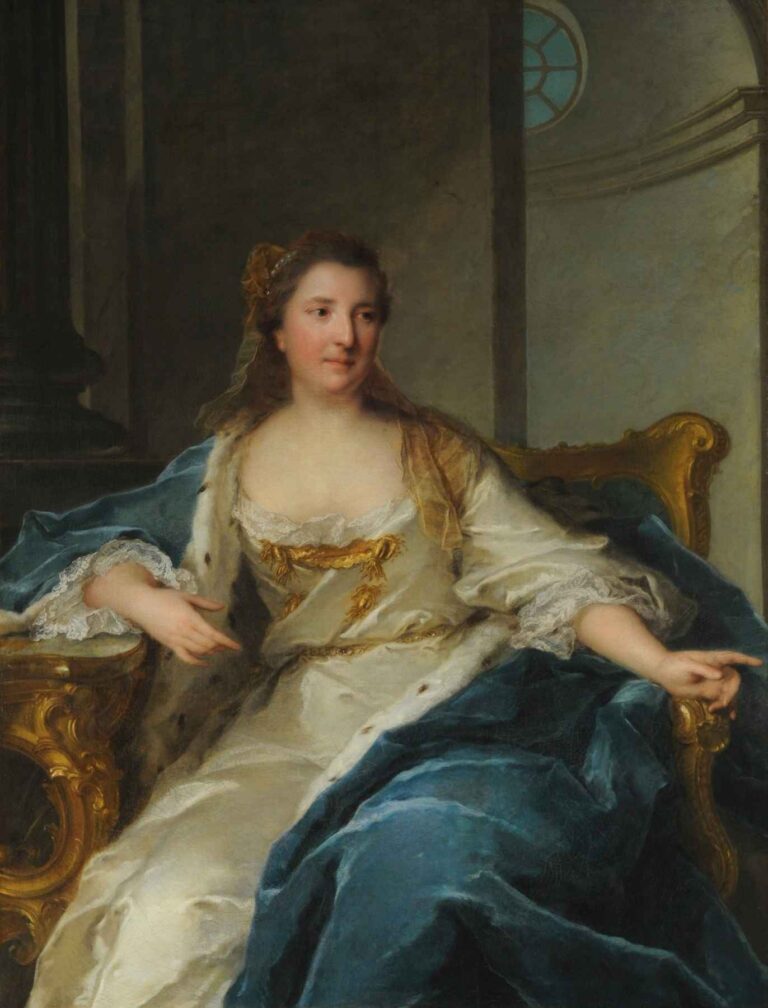
Explore Jean-Marc Nattier’s sumptuous Rococo masterpiece Portrait of Charlotte de Hesse-Rheinfels, Princess of Condé (c.1740), merging dynastic pride with feminine grace.
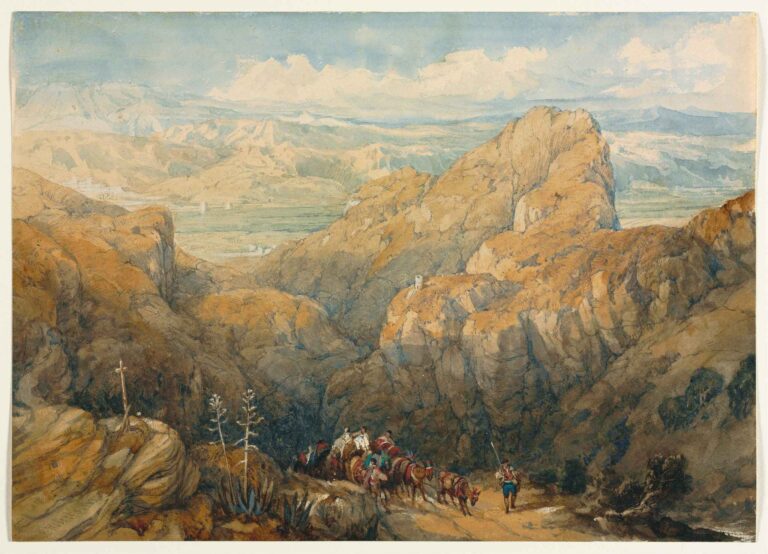
Discover David Roberts’s Descent into the Plain of Granada (1834), a sweeping Romantic-Orientalist masterpiece capturing Andalusian mountains, history, and light.
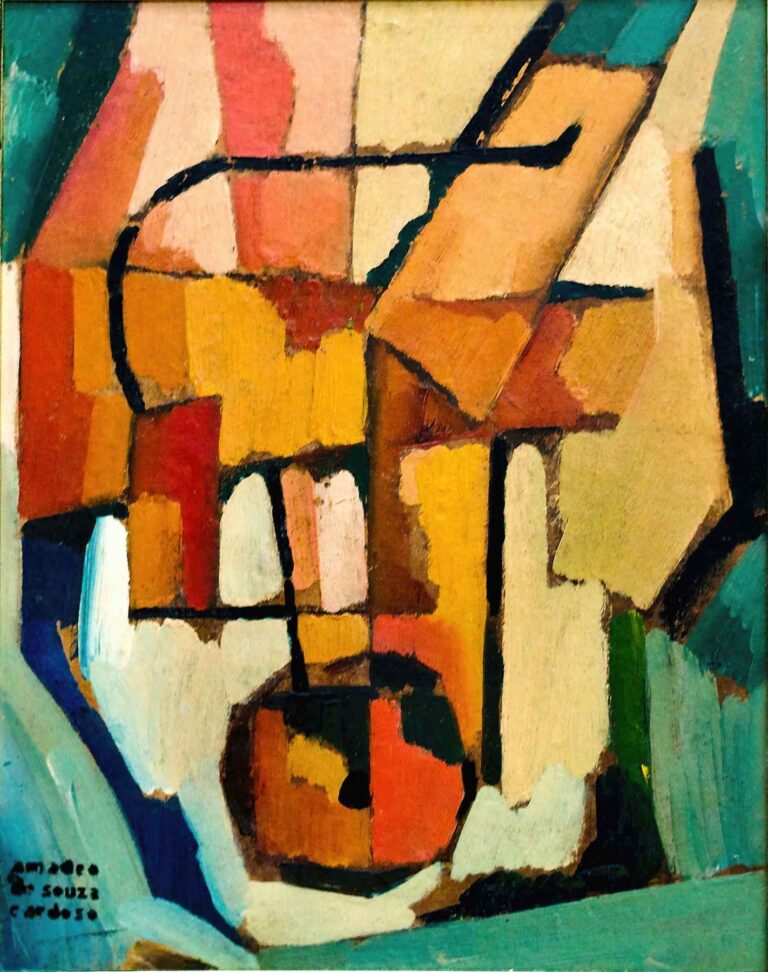
Explore Amadeo de Souza-Cardoso’s Tramélia (c.1914), a landmark of Portuguese modernism that fuses Cubist structure, Fauvist color, and Iberian decorative echoes.
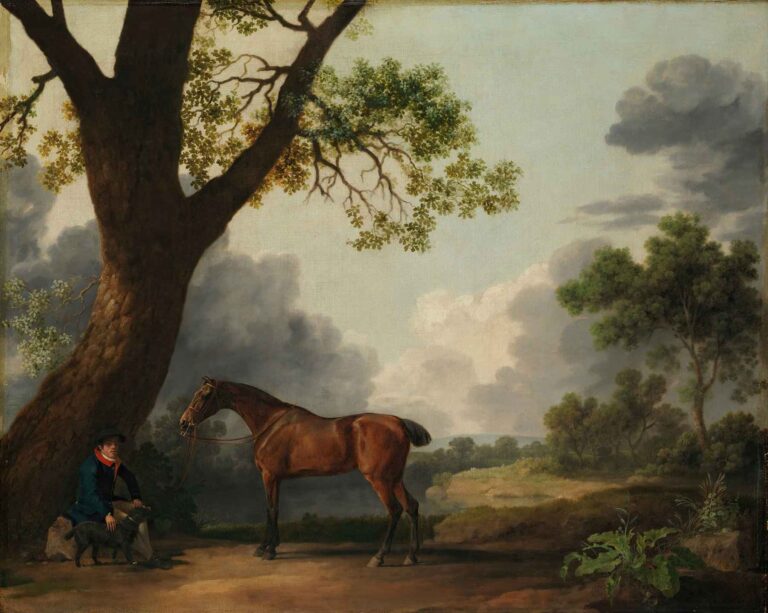
Discover George Stubbs’s The Third Duke of Dorset’s Hunter (1768), a masterful equestrian portrait showcasing anatomical precision, pastoral splendor, and aristocratic sport.
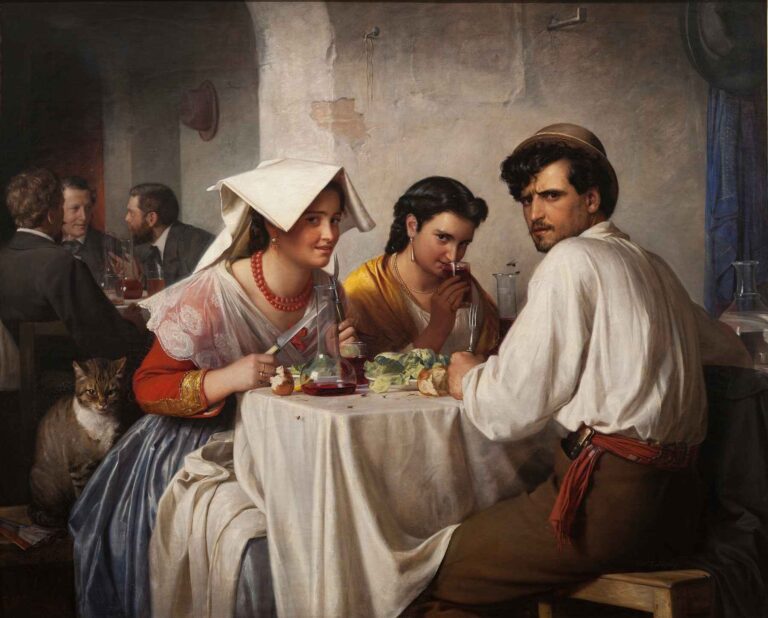
Explore Carl Bloch’s In a Roman Osteria (1866), a lively genre scene capturing Italian tavern life with dramatic lighting, rich detail, and playful human exchange.
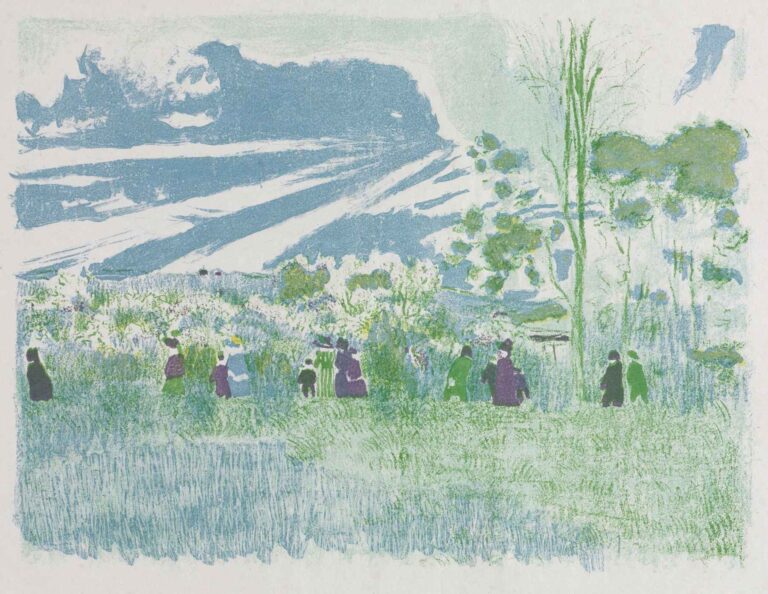
Édouard Vuillard’s Across the Fields (1899) transforms a simple procession of figures through a meadow into a flattened, patterned meditation on time, community, and nature.
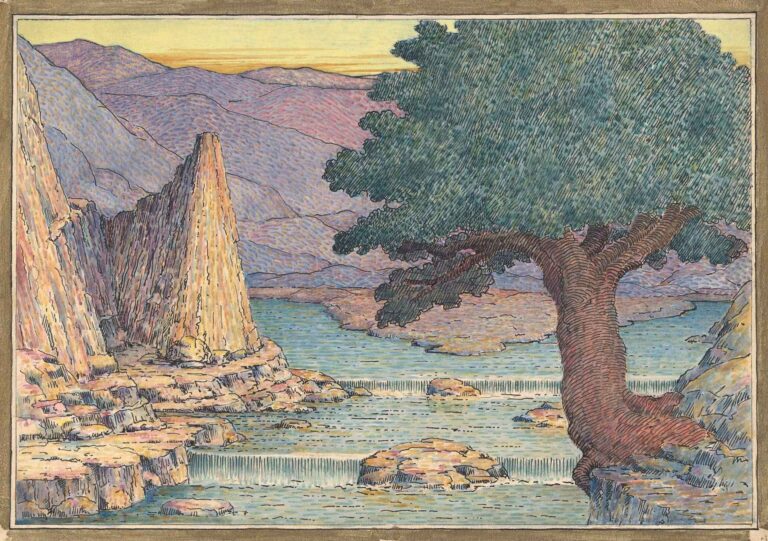
Herbert Crowley’s River Landscape with Rapids blends intricate pen-and-ink hatchwork and subtle watercolor washes to evoke a timeless, rhythmic river gorge.
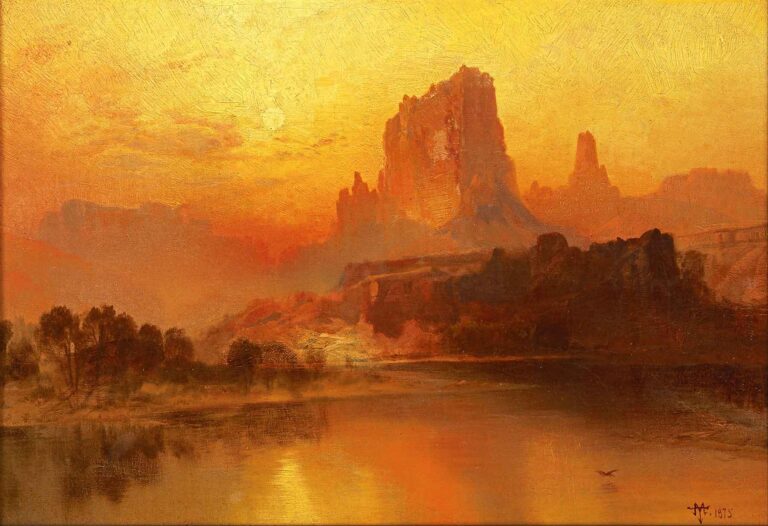
Thomas Moran’s The Golden Hour (1875) captures a radiant Western sunset with dramatic light, vivid color, and majestic scale—iconic American sublime.
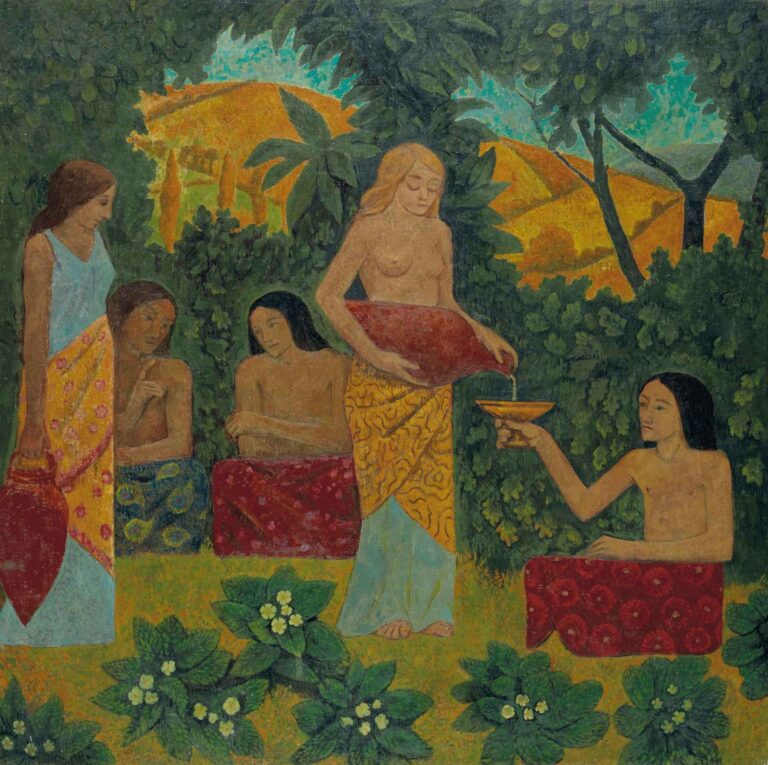
Paul Sérusier’s Libations, Five Figures in a Mythical Forest (1912) blends Symbolist ritual and decorative color as five women pour offerings amid a lush, enchanted grove.
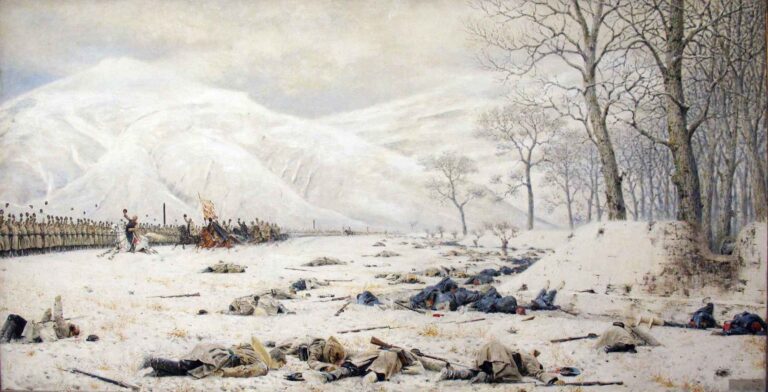
Vasily Vereshchagin’s Battlefield at the Shipka (1878) presents a haunting winter panorama of war’s aftermath—snow-strewn corpses, abandoned rifles, and distant ranks.
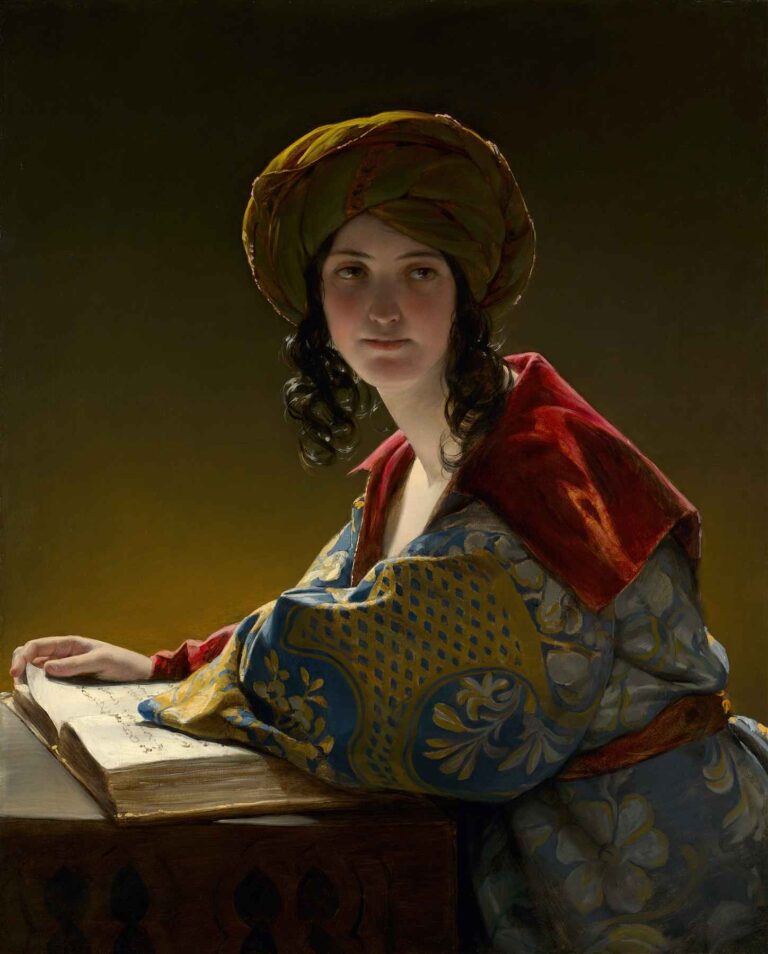
Friedrich von Amerling’s The Young Eastern Woman (1838) captures quiet elegance, intellect, and exotic beauty through radiant light and intricate detail.
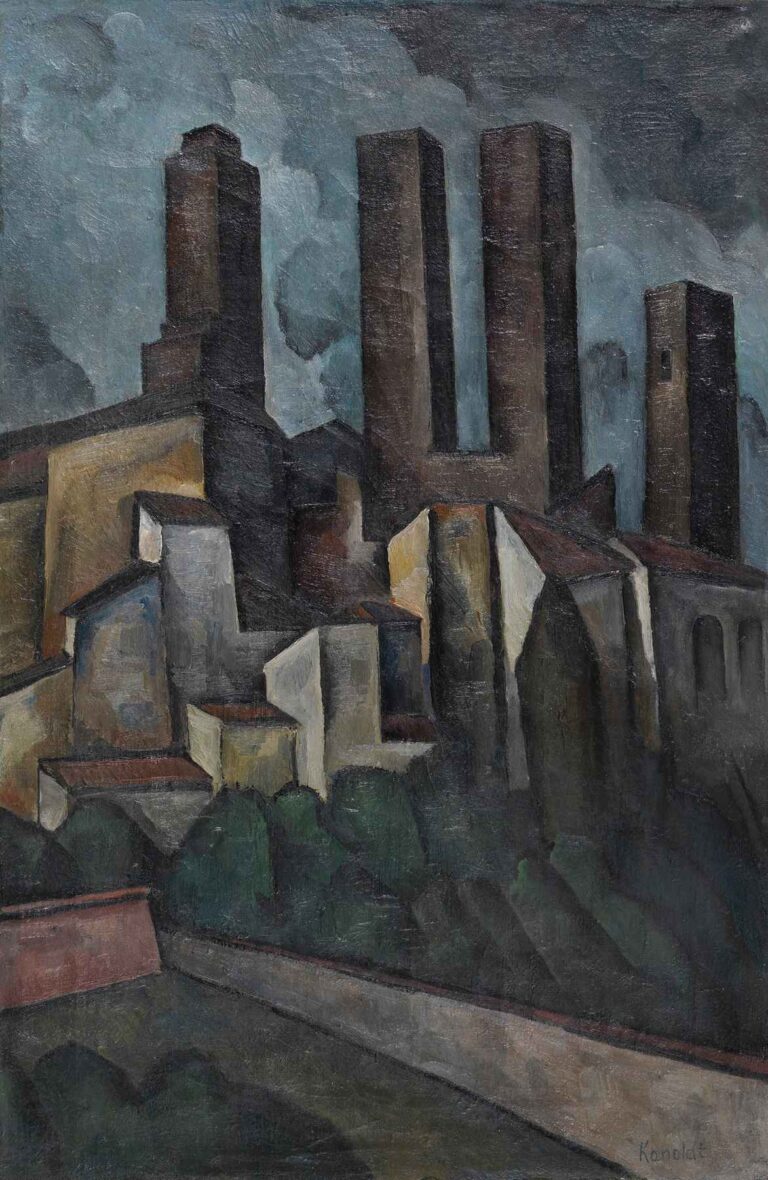
Alexander Kanoldt’s San Gimignano (1916) transforms the medieval town into a modernist meditation on silence, structure, and psychological depth.
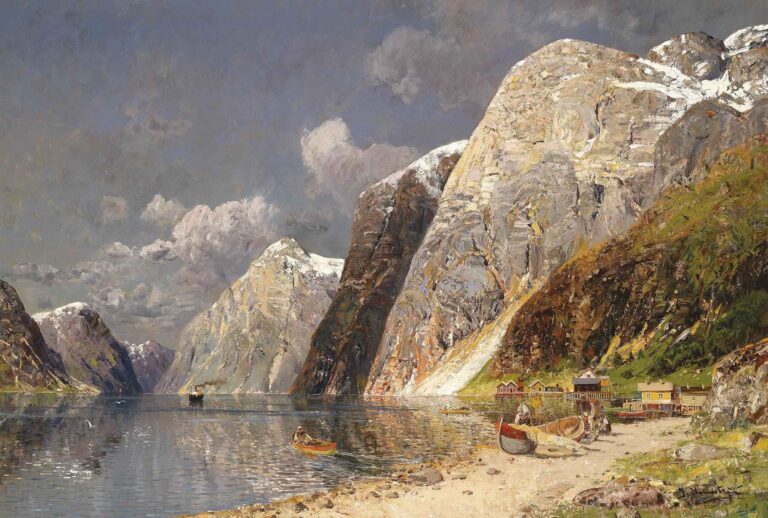
Karl Kaufmann’s Große Fjordlandschaft captures the sublime beauty of a Norwegian fjord with towering cliffs, still waters, and vivid 19th-century realism.
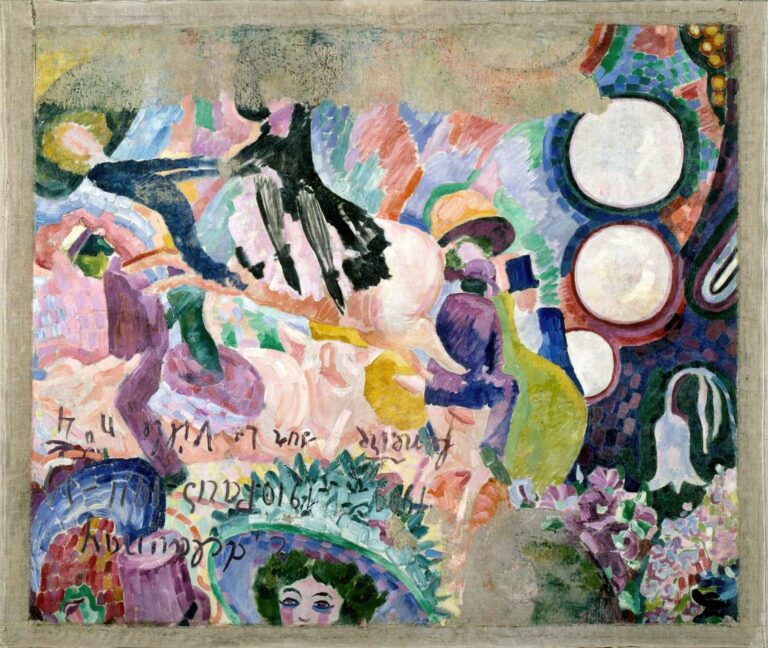
Robert Delaunay’s Carousel of Pigs (1906) explodes with color, motion, and abstraction—an early masterpiece bridging Fauvism, Symbolism, and Orphism.
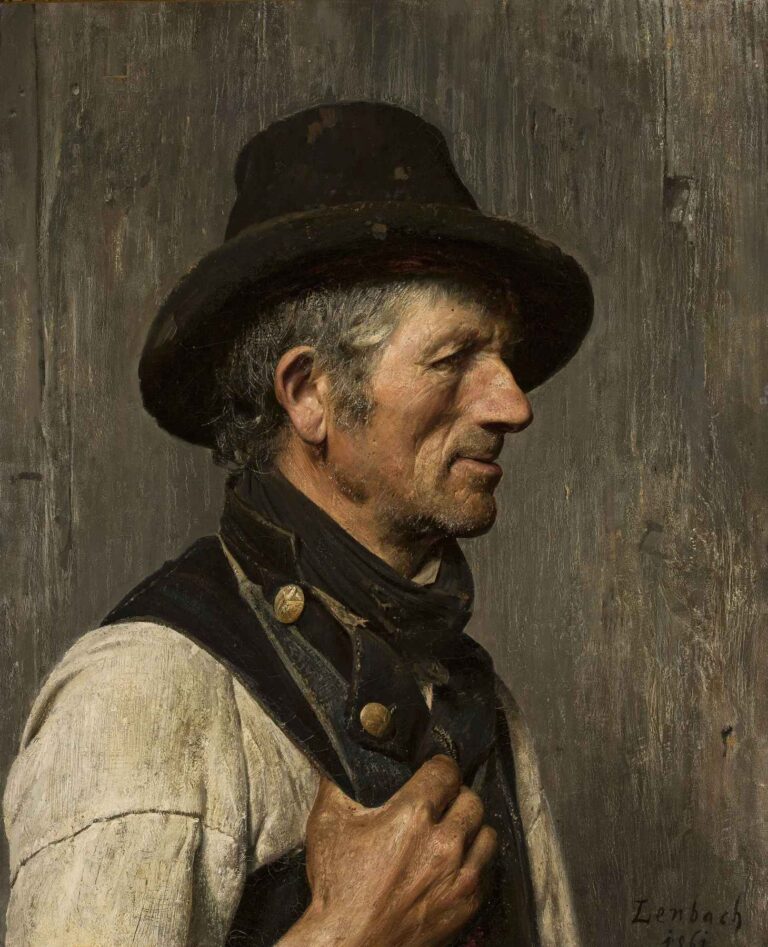
Franz von Lenbach’s Portrait of a Peasant in a Hat (1861) honors rural dignity through detailed realism and psychological depth in a powerful character study.
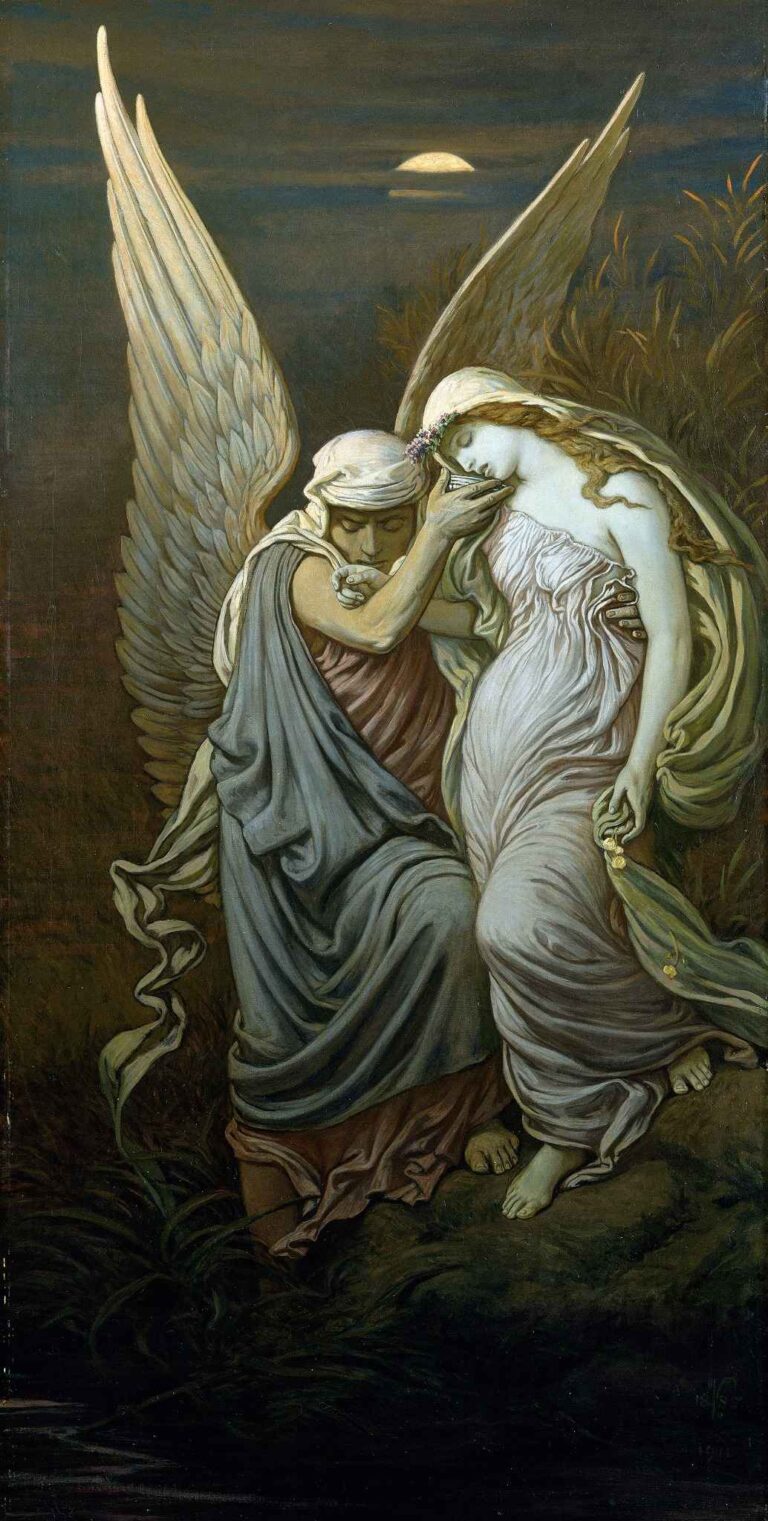
Elihu Vedder’s The Cup of Death (1892) is a poignant Symbolist allegory of mortality, blending spiritual tenderness with timeless visual poetry.